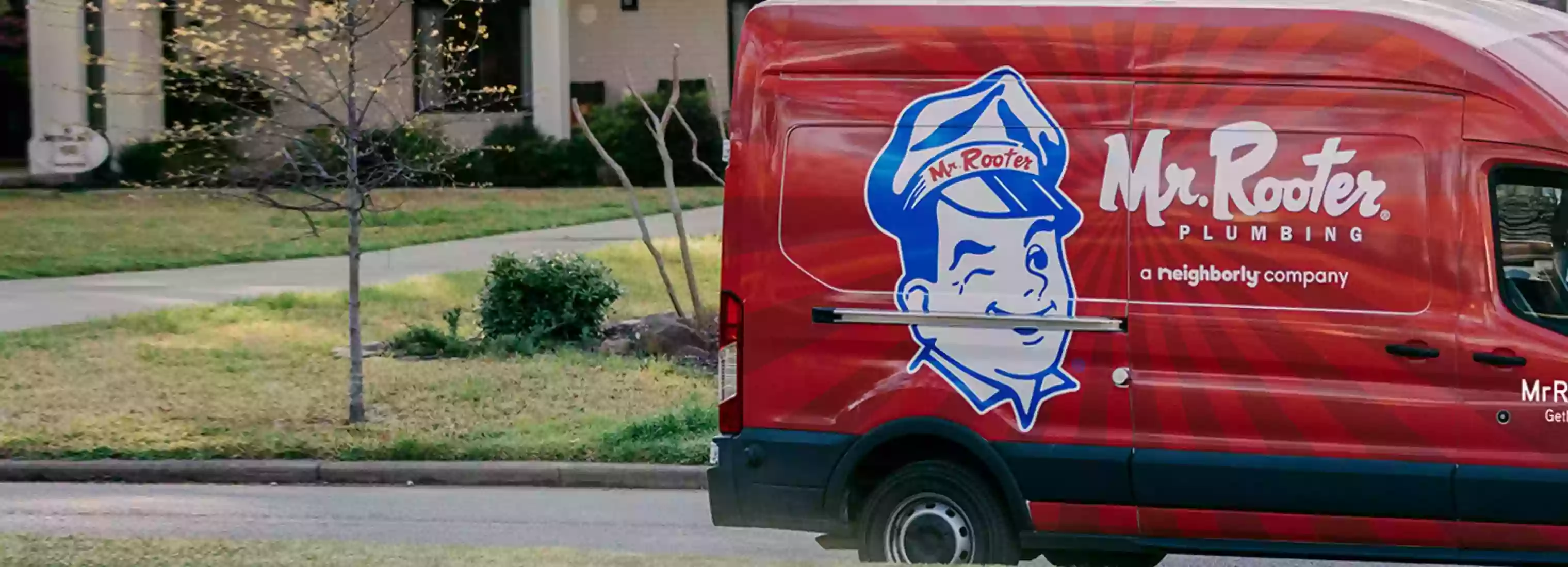The Most Popular Types of Piping Materials for Plumbing
The Benefits of Learning About Your Property’s Piping
Most property owners don’t think twice about their pipes until a serious issue arises. Whether intentional or not, this blind spot can prove detrimental and costly. Knowing what kind of pipes one’s plumbing system is composed of can help property owners prevent pipe leaks, conduct proactive maintenance, and effectively respond to emergencies.
Today, we’ll discuss the most popular piping materials found in residential, commercial, and industrial facilities. We hope this information will help you diagnose problems faster, mitigate plumbing system emergencies when they arise, and seek out plumbing professionals more proactively.
The Strengths & Weaknesses of Clay Piping
Clay or terra cotta pipes are increasingly rare. They are usually found underneath old homes. In the United States, clay pipes were commonplace in plumbing systems until the late 1960s and early 1970s, when developers began to phase them out in favor of plastic sewer pipe options, such as ABS and PVC.
The primary problem with clay pipes is their lack of tensile strength. Despite boasting tremendous compressive strength under pressure, they are highly susceptible to cracking, shattering, and bursting under blunt impacts. Another significant issue with clay pipes is their vulnerability to invasive underground roots, which can penetrate them quite easily.
For these reasons, the consensus among plumbing experts is to replace clay pipes immediately. This task may sound pricey upfront, but it can save property owners stress, financial turmoil, and flooding later.
All About Galvanized Steel Piping
This piping material is naturally strong, enjoying an average lifespan of around 50 years. As a result, galvanized piping is common among homes built between the 1930s and 1980s. Unfortunately, steel piping is vulnerable to scale build-up. Mineral sediment and scale can cause blockages, corrosion, and ruptures over time.
The Pros & Cons of Cast Iron Pipes
Like clay pipes, cast iron pipes were frequently used when building plumbing systems up until the 1960s. Today, cast iron pipes are still found in historic homes and older commercial and industrial buildings.
Cast iron pipes offer some undeniable benefits. They are durable, resilient, and resistant to corrosion. In fact, cast iron pipes are known to last up to 100 years without severe issues or deterioration. They stand the test of time primarily due to their ability to withstand high water pressure and defend against invasive roots.
At the same time, cast iron pipes can eventually wear out and rust. When this happens, property owners will be forced to replace the rusted section with plastic piping to avoid leaks and ruptures.
The Upsides of PEX (Cross-Linked Polyethylene) Piping
PEX piping (sometimes abbreviated as XPE or XLPE) is the newest option to hit the plumbing industry. It did not become popular in the United States until the 1980s despite its prevalence throughout Europe since the 1960s. PEX piping is flexible, durable, easy to install, and thus commonly found in hydronic radiant heating, pipework, cooling, and sewage systems. It is also used as an alternative to domestic PVC and copper water pipes. Although more expensive than most other materials (except for copper), PEX piping offers unrivaled reliability.
Why Plastic Pipes Are So Popular
Plastic pipes became fashionable due to their durability and affordability. Builders and plumbers began to replace cast iron and clay pipes with ABS and PVC piping to cut down on manufacturing and installation costs. They are cheap to produce and offer added resistance to tension.
As already noted, the two kinds of plastic pipes are:
- PVC (Polyvinyl Chloride) Pipes – Since the 1950s, PVC piping has been the go-to solution for drain and vent piping systems in residential facilities. PVC piping is simple to repair, inexpensive to install, and great at preserving drinking water quality due to its resistance to corrosion and a high degree of inertness. These qualities help prevent bio-film contamination, mold, and bacteria. Lastly, PVC water pipes reduce water waste and rarely fail.
- ABS (Acrylonitrile Butadiene Styrene) Pipes – This black piping material is mostly used for waste removal, venting, bathroom, and drain lines. PVC piping may be more flexible, but ABS piping offers increased strength and shock resistance. It can also endure lower temperatures than PVC piping and easily connect to metal piping. However, ABS pipe does not fare well when exposed to direct sunlight. As a result, it is always wise to paint ABS piping with a UV-resistant chemical to reduce warping.
Strong & Sturdy Copper Pipes
Copper piping is the preferred pipe of most plumbing professionals. However, it is expensive. The price alone causes many property owners to avoid the upfront investment altogether – opting for cheaper, functional PVC systems.
There are some slight variations to choose from when it comes to copper piping. Hard copper piping selections include Type M, Type L, and Type K. Type M is the thinnest option. It is also the strongest and therefore used for residential applications. Type L and Type K are thicker and commonly found in outdoor plumbing or drain lines. Soft copper piping is used for appliances. Plumbers can solder copper pipes together and keep them sturdy with compression fittings.
Dealing with a Piping Issue? Call a Plumbing Pro Before It Is Too Late!
Believe it or not, we didn’t include numerous plumbing and piping materials in this blog. To keep things simple, we only listed the most popular piping materials among North American plumbing systems. We encourage you to call our team of plumbing specialists today if you are worried about a potential issue or want to learn more about the nuances of each type of piping. Our experts will happily answer your questions. We can also send one of our plumbing experts to your property to conduct an in-person consultation. At Mr Rooter of Pomona Valley, our licensed, qualified, and experienced pros have experience with all types of plumbing!
 Click to call
Click to call


